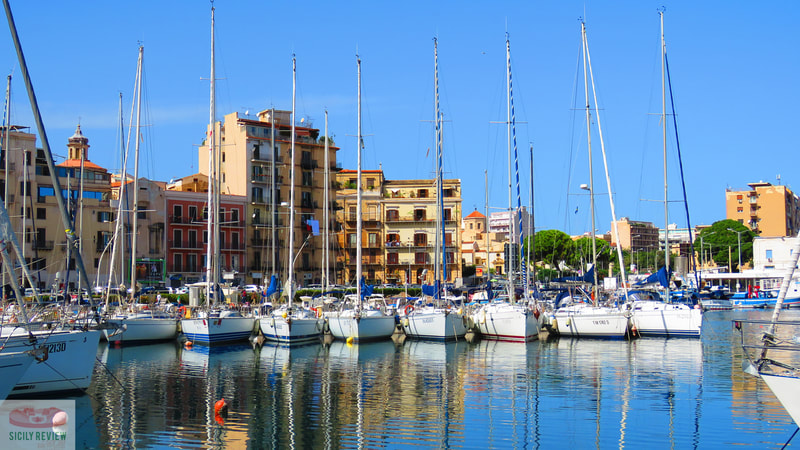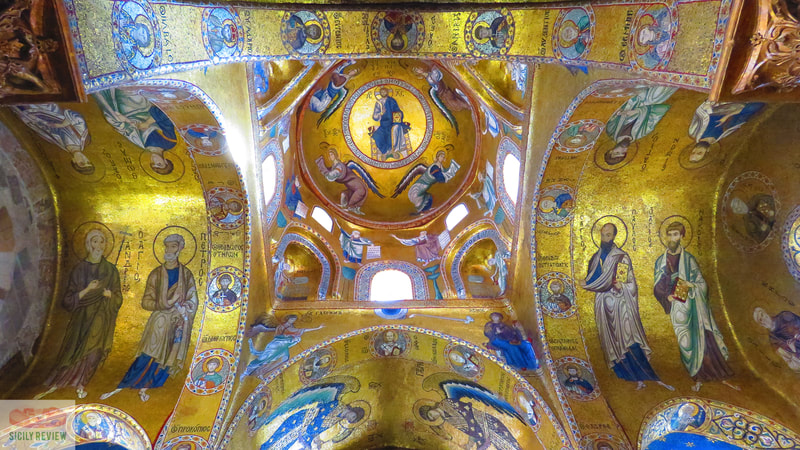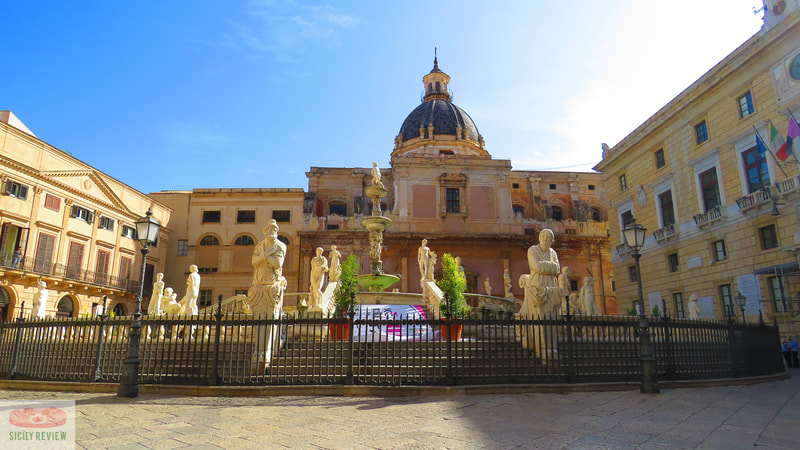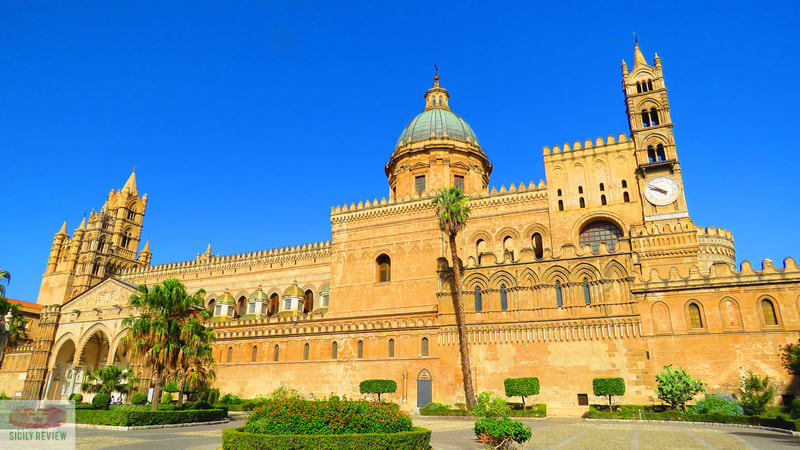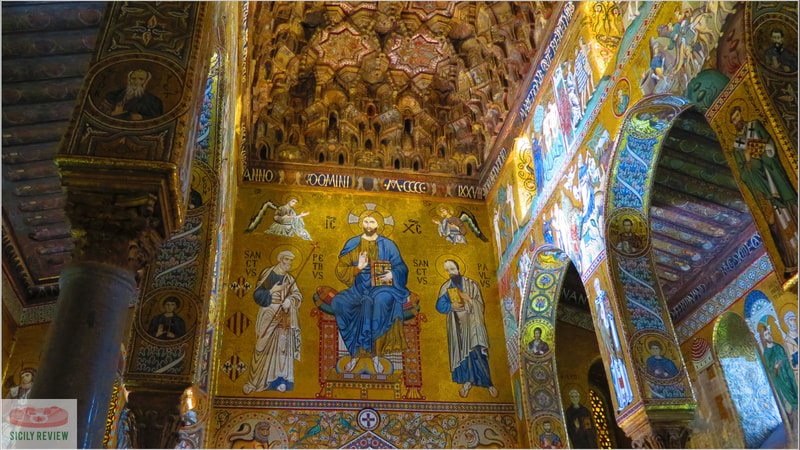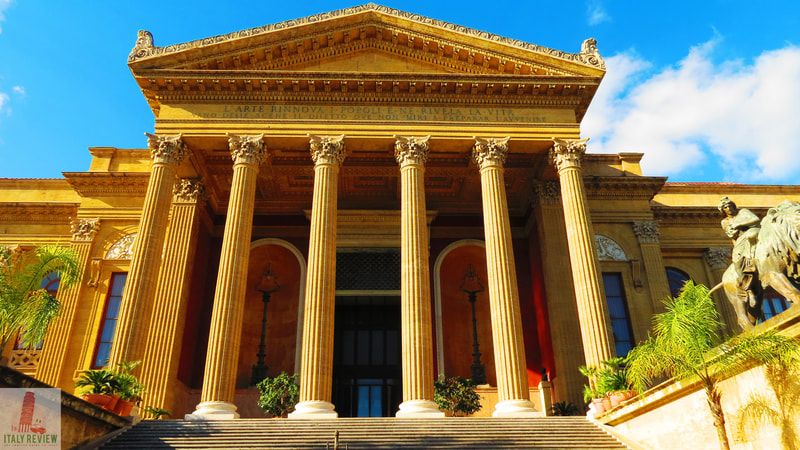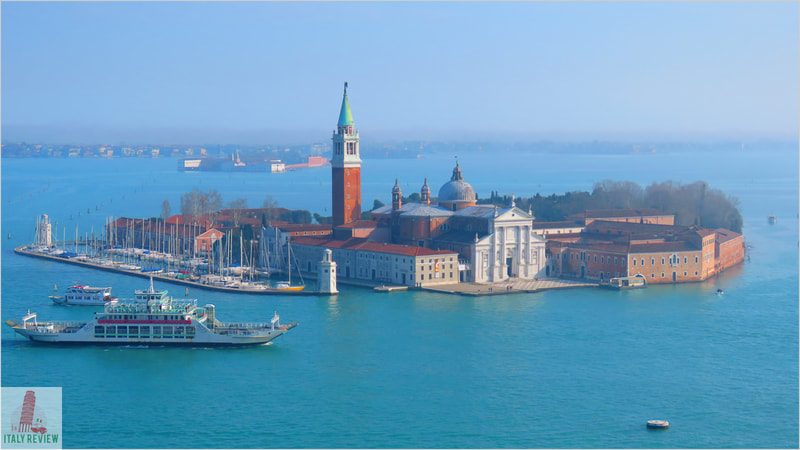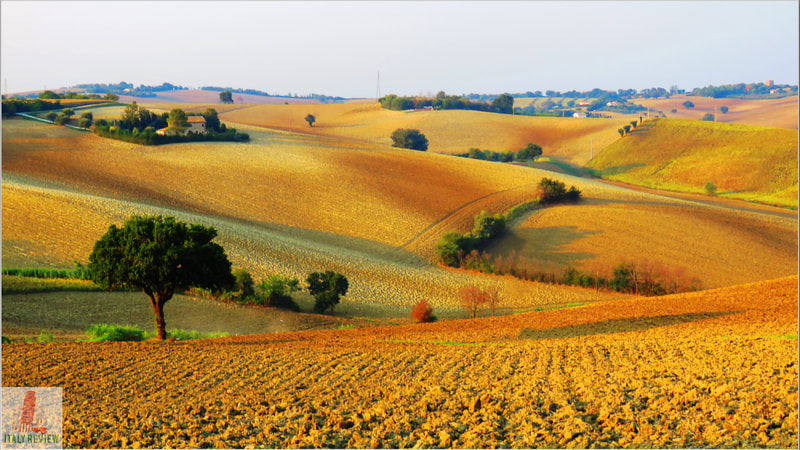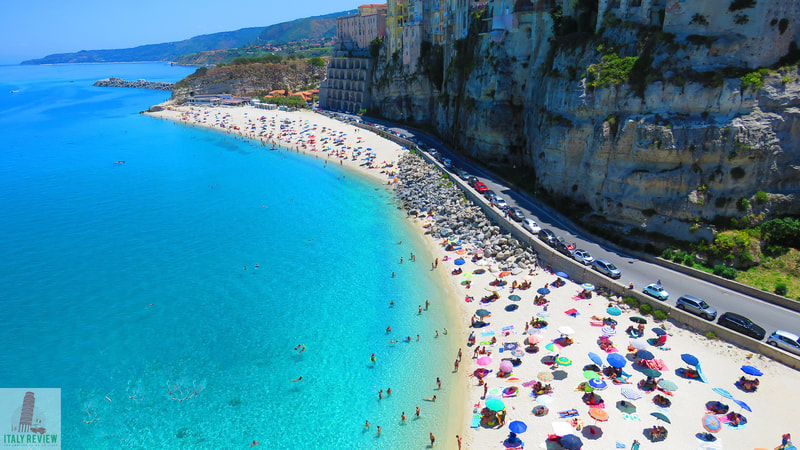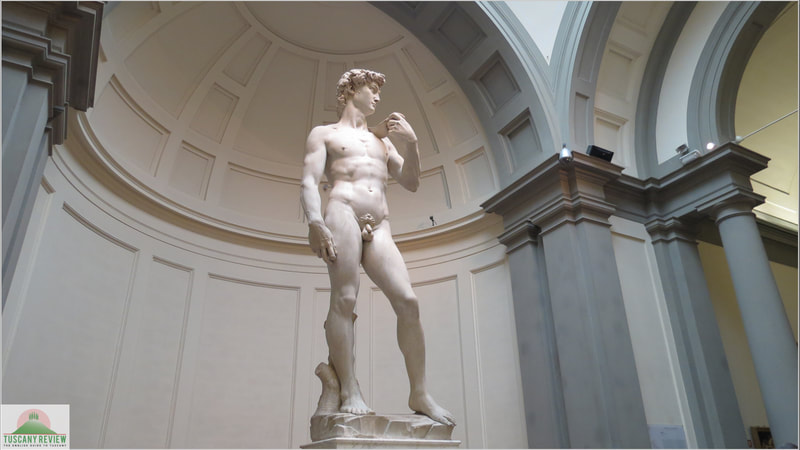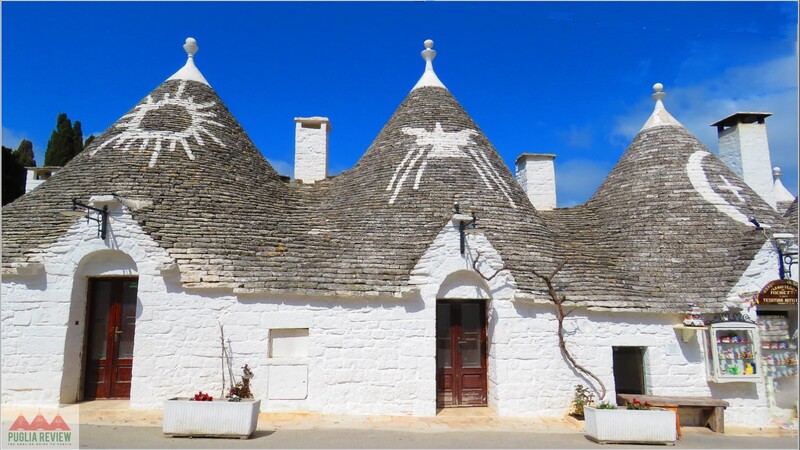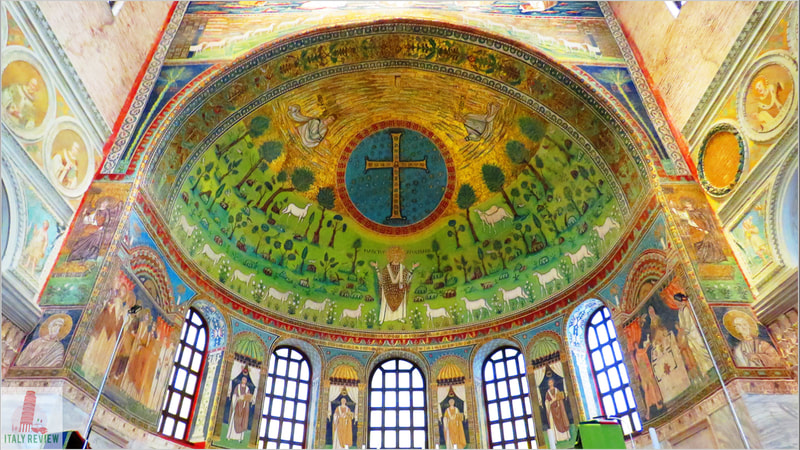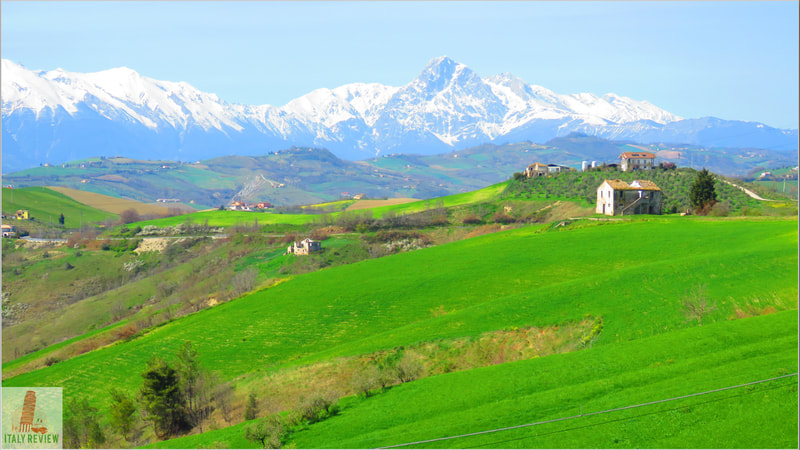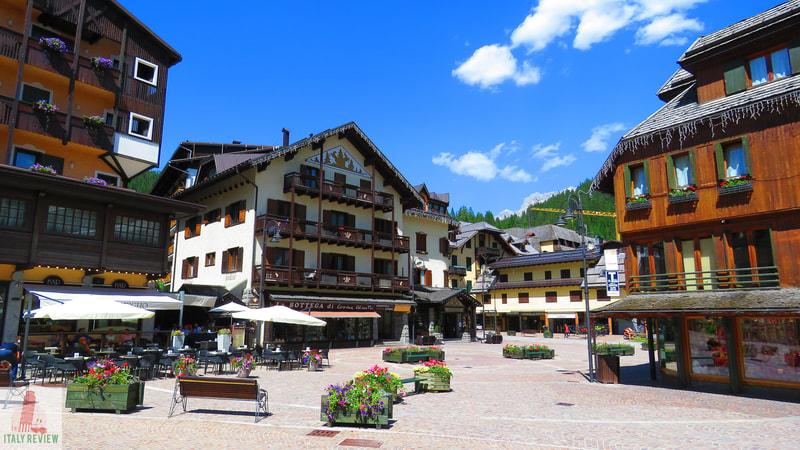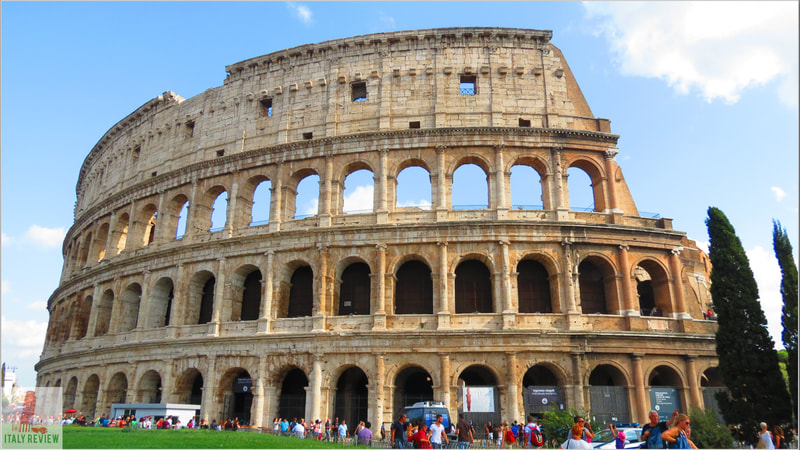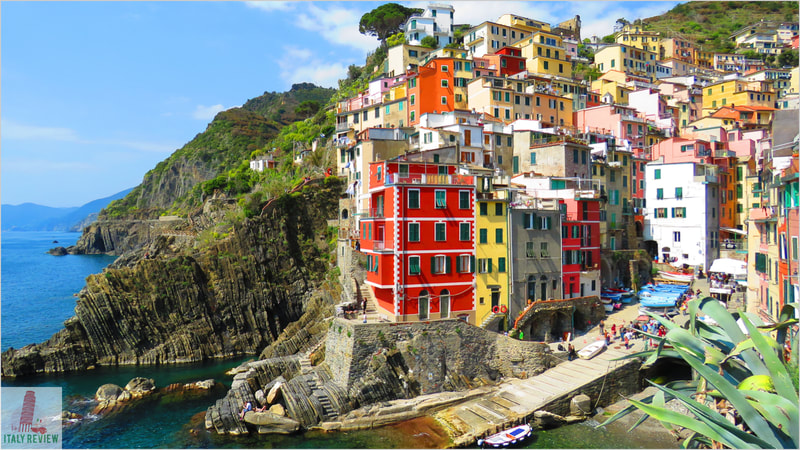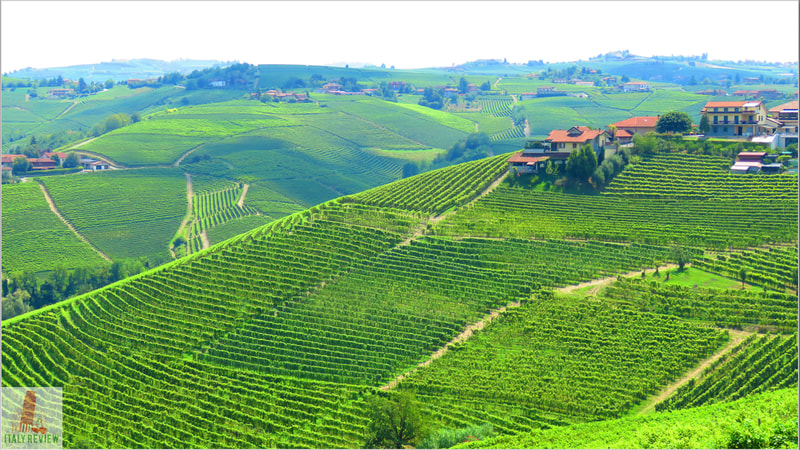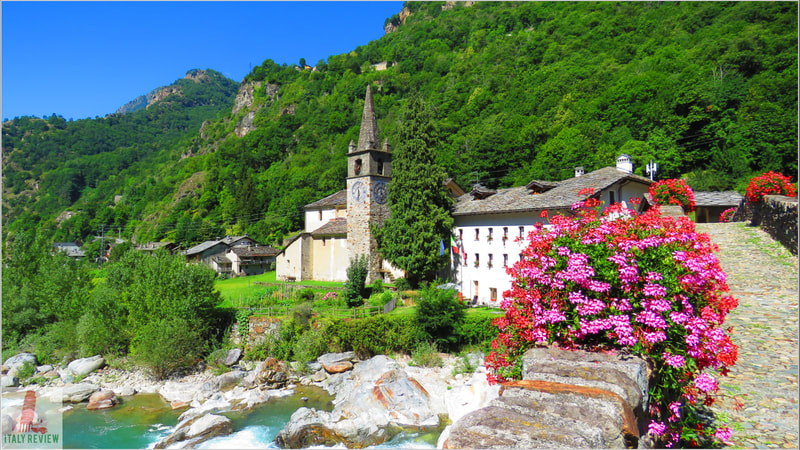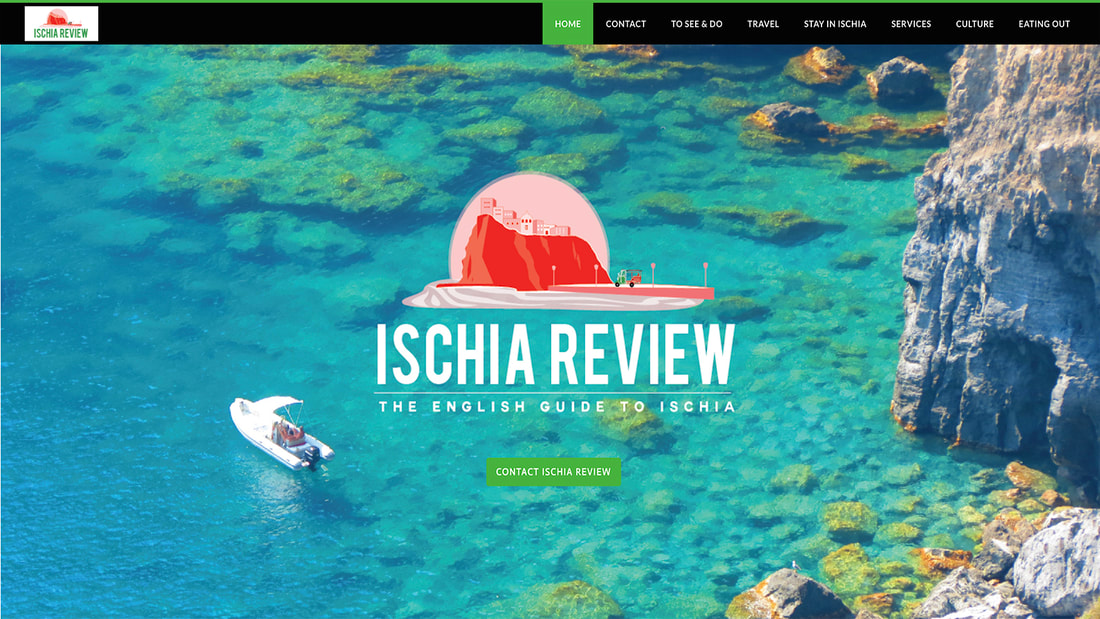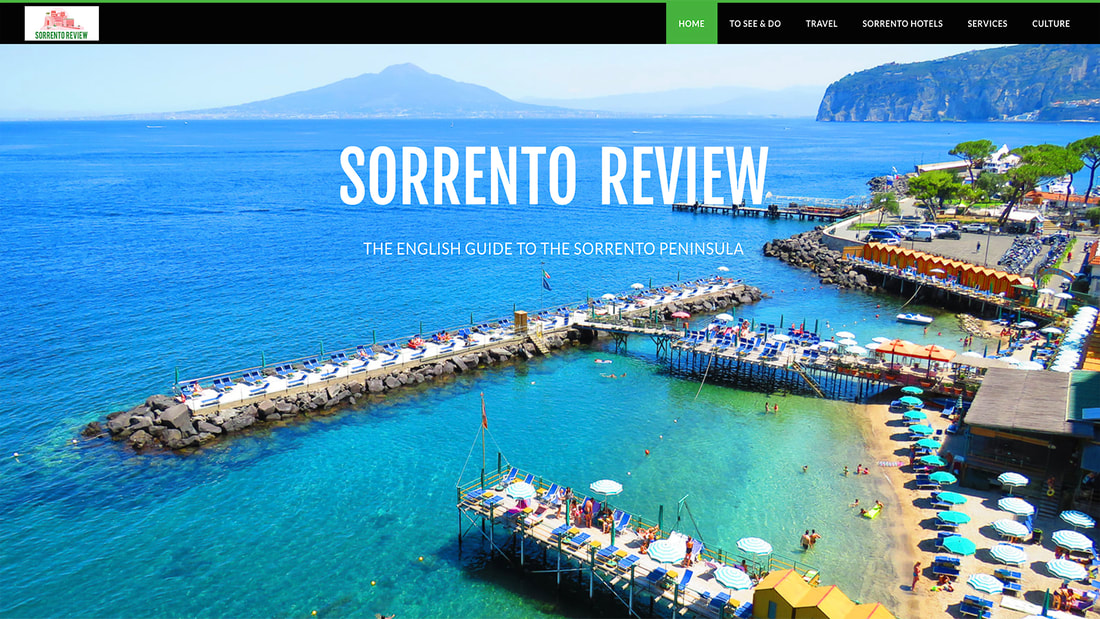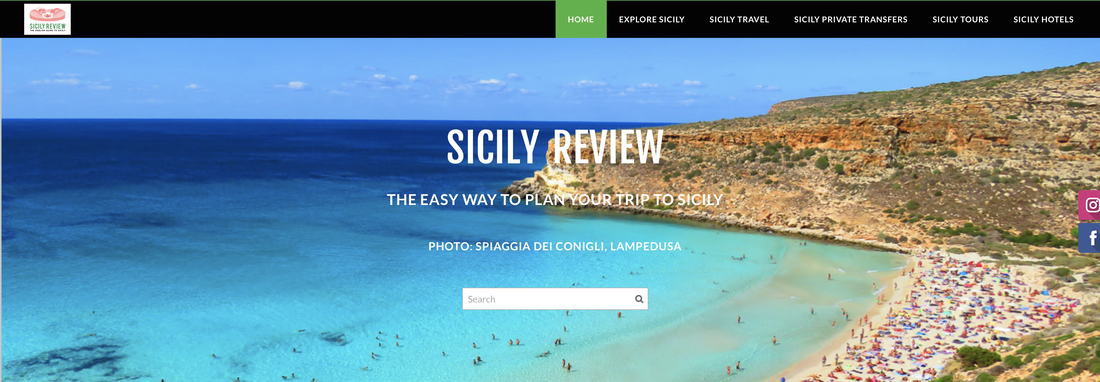Palermo
|
Latest update: 15 February 2024
|
By Dion Protani
|
|
Situated on Sicily's north-west coast, Palermo is at once the island's capital, its most populous city with around 675,000 inhabitants, an important maritime port and a UNESCO World Heritage site with an enviable collection of treasures from the Arab-Norman period.
As with so many cities throughout Italy, Palermo was founded by the Phoenicians, in the year 734 BC. The Carthaginians then came in the 5th century BC before falling into the hands of the Romans for over a thousand years. |
Related links
Palermo's Glory Days
Palermo's most glorious period started with the Arab conquest in 831 AD, leading to the city establishing itself as an important Islamic centre of culture and trade. The city continued to flourish on all fronts after the Norman conquest in 1072, eventually becoming the capital of the Kingdom of Sicily.
More recent history saw a period of decline for Palermo with much of the city devastated by Allied bombing raids during world war two while the intervening years saw the dark shadow of the Mafia cast its negative influence on development and progress.
Palermo's most glorious period started with the Arab conquest in 831 AD, leading to the city establishing itself as an important Islamic centre of culture and trade. The city continued to flourish on all fronts after the Norman conquest in 1072, eventually becoming the capital of the Kingdom of Sicily.
More recent history saw a period of decline for Palermo with much of the city devastated by Allied bombing raids during world war two while the intervening years saw the dark shadow of the Mafia cast its negative influence on development and progress.
Palermo today: Sicily's bustling capital
Modern-day Palermo is a bustling port city, stunningly beautiful in places while poverty-stricken in others yet never dull. Perhaps the best place to truly understand the city is its Ballarò market where you'll find sounds, smells and tastes to awaken the senses.
Palermo is famous throughout the world for its street-food, the most famous being the "arancini", balls of rice coated in breadcrumbs and typically filled with meat, cheese and vegetables.
Modern-day Palermo is a bustling port city, stunningly beautiful in places while poverty-stricken in others yet never dull. Perhaps the best place to truly understand the city is its Ballarò market where you'll find sounds, smells and tastes to awaken the senses.
Palermo is famous throughout the world for its street-food, the most famous being the "arancini", balls of rice coated in breadcrumbs and typically filled with meat, cheese and vegetables.
The dazzling hidden treasures of Palermo
Palermo is also home to one of Italy's greatest treasures and in my opinion, one of the most underrated sights in Italy. Housed in the Palazzo Reale (otherwise known as the Palazzo dei Normanni), the Palatine Chapel contains an extraordinary display of mosaics, predominantly gold in colour that positively glows.
The artwork in the chapel is a combination of Arab, Norman, Greek and Byzantine work whose overall effect is truly remarkable and worthy of a visit to Palermo by itself. In fact, Palermo partly owes its UNESCO inscription to the chapel along with similarly-styled work at Monreale Cathedral on the outskirts of Palermo and the Cathedral of Cefalù, further to the east of Palermo along the same stretch of coastline.
The inscription is fully-entitled "Arab-Norman Palermo and the Cathedral Churches of Cefalu and Monreale", and also includes Castello della Zisa, Palermo Cathedral, Chiesa San Giovanni degli Eremiti, Chiesa di Santa Maria dell'Ammiraglio (also known simply as "La Marmorata"), Chiesa di San Cataldo and the Ponte dell'Ammiraglio bridge, all of which are worthy of a visit in their own right.
Palermo is also home to one of Italy's greatest treasures and in my opinion, one of the most underrated sights in Italy. Housed in the Palazzo Reale (otherwise known as the Palazzo dei Normanni), the Palatine Chapel contains an extraordinary display of mosaics, predominantly gold in colour that positively glows.
The artwork in the chapel is a combination of Arab, Norman, Greek and Byzantine work whose overall effect is truly remarkable and worthy of a visit to Palermo by itself. In fact, Palermo partly owes its UNESCO inscription to the chapel along with similarly-styled work at Monreale Cathedral on the outskirts of Palermo and the Cathedral of Cefalù, further to the east of Palermo along the same stretch of coastline.
The inscription is fully-entitled "Arab-Norman Palermo and the Cathedral Churches of Cefalu and Monreale", and also includes Castello della Zisa, Palermo Cathedral, Chiesa San Giovanni degli Eremiti, Chiesa di Santa Maria dell'Ammiraglio (also known simply as "La Marmorata"), Chiesa di San Cataldo and the Ponte dell'Ammiraglio bridge, all of which are worthy of a visit in their own right.
Sightseeing in Palermo away from the Arab-Norman treasures
Another of Palermo's most famous sights is the Catacombe dei Cappuccini, a unique, if rather macabre location; a burial ground used by monks where the dead bodies have been preserved using various methods. The result is at once fascinating but perhaps terrifying to the faint-hearted so caution is advised before undertaking such a visit.
Away from the grisly catacombs, Palermo itself is a vibrant, bright city where you'll find palm-tree-lined pavements, beautiful Neo-classical theatres such as Teatro Massimo (the steps of which are of particular interest to fans of the Godfather Part 3) and Teatro Politeama. There are also some grand piazzas including the historic Piazza Pretoria with its famous fountain (Fontana Pretoria).
Away from the grisly catacombs, Palermo itself is a vibrant, bright city where you'll find palm-tree-lined pavements, beautiful Neo-classical theatres such as Teatro Massimo (the steps of which are of particular interest to fans of the Godfather Part 3) and Teatro Politeama. There are also some grand piazzas including the historic Piazza Pretoria with its famous fountain (Fontana Pretoria).
Close to Palermo
Palermitani (residents of Palermo) are lucky enough to live in an area of particular natural beauty with the beach of Mondello a favourite weekend spot and just a 20 minute drive from the city centre, while slightly further away in the opposite direction is the beautiful seaside town of Santa Flavia with its famous Porticello fish market and beaches.
Palermo's port can be used to take a hydrofoil to the remote island of Ustica, renowned for its clear blue water and popular amongst divers, while a 2 hour drive will take you to the stunning beach location of La Tonnara di Scopello, the seaside resort of San Vito Lo Capo and the Riserva Naturale dello Zingaro where you'll find some of Sicily's prettiest beaches.
Palermitani (residents of Palermo) are lucky enough to live in an area of particular natural beauty with the beach of Mondello a favourite weekend spot and just a 20 minute drive from the city centre, while slightly further away in the opposite direction is the beautiful seaside town of Santa Flavia with its famous Porticello fish market and beaches.
Palermo's port can be used to take a hydrofoil to the remote island of Ustica, renowned for its clear blue water and popular amongst divers, while a 2 hour drive will take you to the stunning beach location of La Tonnara di Scopello, the seaside resort of San Vito Lo Capo and the Riserva Naturale dello Zingaro where you'll find some of Sicily's prettiest beaches.
Comune di Palermo
|
Province: Metropolitan City of Palermo
Region: capital of Sicily Population: 635,439 (source: ISTAT 1 January 2023) Size: 159 km² Top sights: Palatine Chapel, Palermo Cathedral, Royal Palace Close by: Sferracavallo, Mondello, Santa Flavia, Caccamo Recommended accommodation: Palazzo Natoli Boutique Hotel |
UNESCO World Heritage Site
Arab-Norman Palermo and the Cathedral Churches of Cefalù and Monreale
Year: 2015
Arab-Norman Palermo and the Cathedral Churches of Cefalù and Monreale
Year: 2015
Palermo Travel
From Palermo's Falcone Borsellino Airport you can easily make your way to the city from numerous international destinations while the city's port is connected to Naples, Civitavecchia, Genoa and Salerno on the Italian mainland. Aside from the aforementioned day-trips to Ustica you can also visit the the tiny Aeolian Islands of Alicudi and Filicudi.
Getting around Palermo itself is easy enough on foot as it doesn't cover a huge area but there are buses and trams available as well if you need to reach further-out locations around the city.
Getting around Palermo itself is easy enough on foot as it doesn't cover a huge area but there are buses and trams available as well if you need to reach further-out locations around the city.
|
Fly to: Palermo Airport - 34 minutes by car (33 km)
By train: Catania - 3 hours 4 minutes Main train station: Palermo Centrale |

